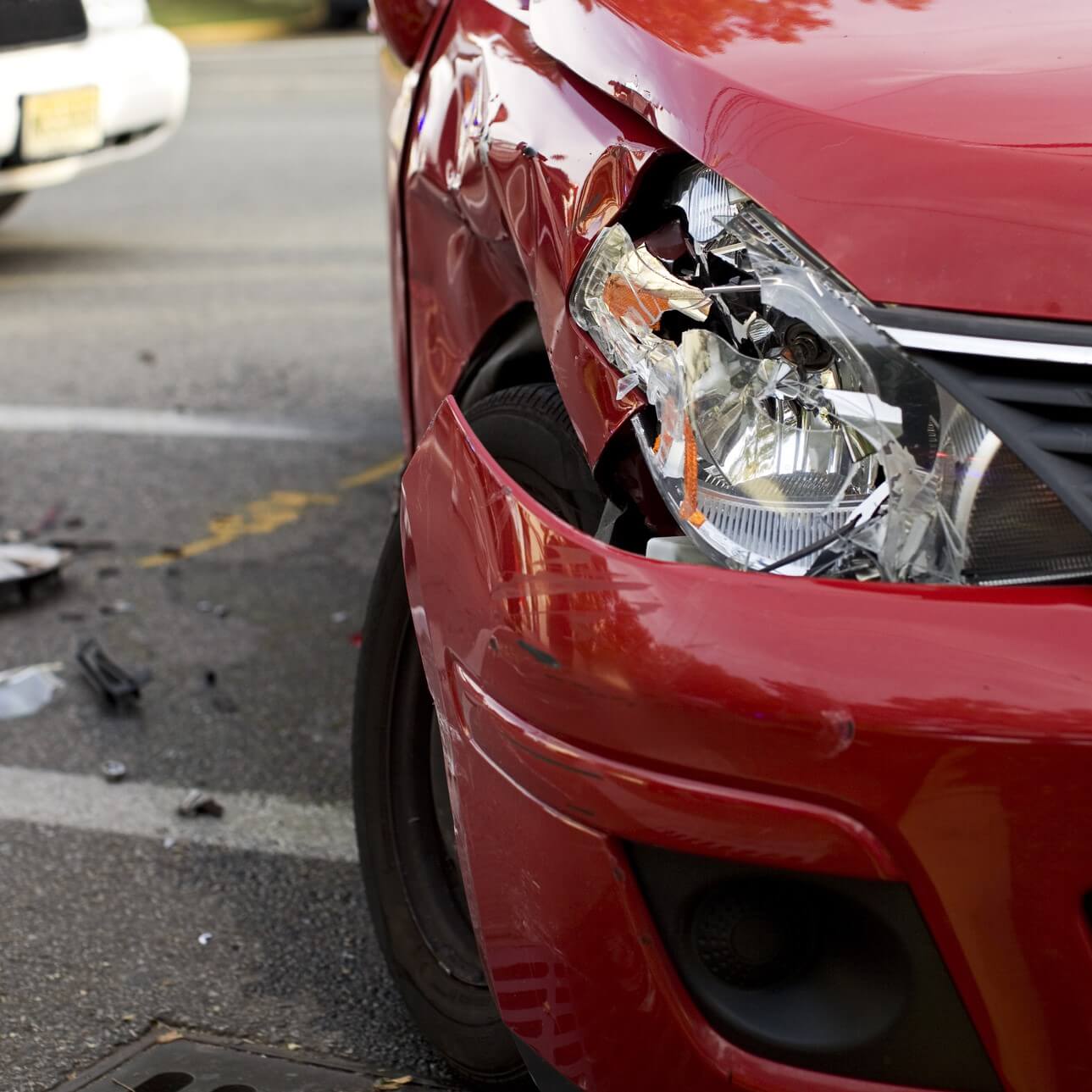The idea behind car insurance is simple: you make a contract with your insurer to protect you if you ever get hurt (or hurt someone else) in an accident. Requiring drivers to have car insurance makes our roads safer and protects countless people from life-altering harm every year. In order for it to work, however, every driver needs to have a certain amount of coverage.
Pennsylvania requires its drivers to have three different types of coverage: medical benefits, property damage liability, and bodily injury liability. The money for Medical Benefits coverage provides for your medical care after an accident, no matter who was at fault. However, the money for Bodily Injury Liability and Property Damage Liability Coverage goes to whoever was not at fault.
As mentioned above, the process that PA uses for insurance is known as a no-fault insurance system. It causes confusion for many new drivers or those who are new to Pennsylvania. This is for a good reason—Pennsylvania is one of only 12 states that uses the policy. Invented in the 1960s, supporters of the no-fault system argue that it helps to make deciding fault in an accident easier by eliminating the process of determining liability.
The minimum amount of liability insurance coverage in Pennsylvania is:
- Medical benefit: $5,000
- Property damage liability: $5,000
- Bodily injury liability: $15,000 per person ($30,000 per accident)
Total, Pennsylvania minimum liability coverage should equal $40,000. Some insurers package the bodily injury and property damage liability minimums into $35,000 of coverage, plus $5,000 in medical benefit coverage.
Benefits of Holding Policies Which Exceed Pennsylvania Minimums
After an accident, a person’s medical coverage will pay for their hospital bills until costs reach their maximum coverage. Once used up, the individual’s health insurance will cover the outstanding costs of care. Notably, there are no deductibles on a car insurance policy’s medical coverage as there are with regular health insurance plans. So, those with high medical costs after an accident may benefit financially from having more medical coverage on their car insurance policy.
What Does No-Fault Mean for Pennsylvania Insurance?
No-fault insurance describes an insurance system that stops a person from obtaining compensation from the other party’s insurance after an accident. Instead, no-fault policyholders seek reimbursement for damages from their own insurance company. If you’d like to learn more details about no-fault insurance, you can do so by reading a previous blog post on the subject.
Other Types of Insurance Coverage in Pennsylvania
Obviously, if you want to buy the minimum amount of coverage for yourself, you can. However, we recommend getting as much coverage as you can get. While you'll likely pay a higher premium, having more coverage than you need is only inconvenient. Having less coverage than you need is devastating. Some insurers offer coverage of up to $100,000 for property damage or bodily injury liability, up to $300,000 per accident. Having that much coverage ensures that you and other motorists will be protected in an accident, no matter who was at fault.
You'll also want to consider getting other types of coverage. While the three coverage types we've discussed so far are mandatory, there are other forms of coverage that would protect your wallet or your car in the event of an accident.
Here are the types of insurance you should consider:
- Collision Insurance: Collision insurance covers damage to your vehicle, regardless of fault. It pays to repair or replace your vehicle. Most lenders will require you to have this coverage as long as you owe money on your vehicle.
- Comprehensive Coverage: Comprehensive coverage pays to repair or replace your vehicle if it is damaged by something other than a collision (i.e. theft, fire, tree collapse, etc.). Your lender may also require this coverage as long as you owe money on your vehicle.
- Uninsured Motorist Coverage: UMI coverage pays your medical expenses and other damages if you are injured in an accident caused by a driver who does not have insurance coverage.
- Underinsured Motorist Coverage: Underinsured motorist coverage pays for medical expenses and other damages in excess of the policy limits of the other driver. In other words, if the other driver doesn't have enough insurance to cover you, your insurer will pay the difference.
- Income Loss: This coverage pays a portion of your paycheck if you're too injured to work.
- Funeral Benefit: Coverage that provides money for funeral expenses if a family member dies as a result of an auto accident.
Limited Tort vs. Full Tort Coverage
Probably one of the most important types of insurance you can buy is tort coverage, which comes in two forms: Limited Tort coverage and Full Tort coverage.
To summarize, here's the difference between Limited Tort and Full Tort:
- Limited Tort: you can only sue for medical expenses and other "concrete" expenses; it's usually a cheaper premium. This is what you most likely have.
- Full Tort: you can sue for medical expenses and pain and suffering; it's usually a higher premium. If you don't remember requesting this type of coverage, you likely don't have it.
Imagine this: you're in an accident, and it's undeniable that the accident was the other driver's fault. Let's say they were texting and driving. Now, their insurance coverage might cover some of your medical costs—but you were so badly hurt, you're paying out-of-pocket for your medical care, lost wages, and other financial losses. You decide to file a lawsuit against the at-fault driver for all the money you've lost as a result of the accident. Tort coverage determines how much you're allowed to sue the other driver for.
Limited Tort coverage restricts you from suing an at-fault driver for anything but medical and "real" expenses, i.e. no pain and suffering. The problem with that is you may be suffering from life-altering injuries for the rest of your life; you're not just worried about medical bills, but what your quality of life is going to look like for the next few decades.
That's why we recommend getting Full Tort coverage, which allows you to sue an at-fault driver for all of the losses you've experienced in a car accident—including pain and suffering.
The Bottom Line: Insurance Depends on Finances
The key to selecting insurance in the state of Pennsylvania is avoiding the temptation of saving more money than you need to. While it is tempting to pick the minimum amount of coverage, those who can afford more should buy it. Otherwise, a person may experience financial hardship after an accident or even pay for one that they didn’t cause. So, buying insurance is a balancing act between affordability and adequate coverage.
Call Handler, Henning & Rosenberg LLC for Help with Your Car Insurance Claim
Contact our car accident attorneys for a free consultation. We can help you receive fair and full compensation under Pennsylvania's personal injury laws if you have been hurt or injured in a motor vehicle accident.


